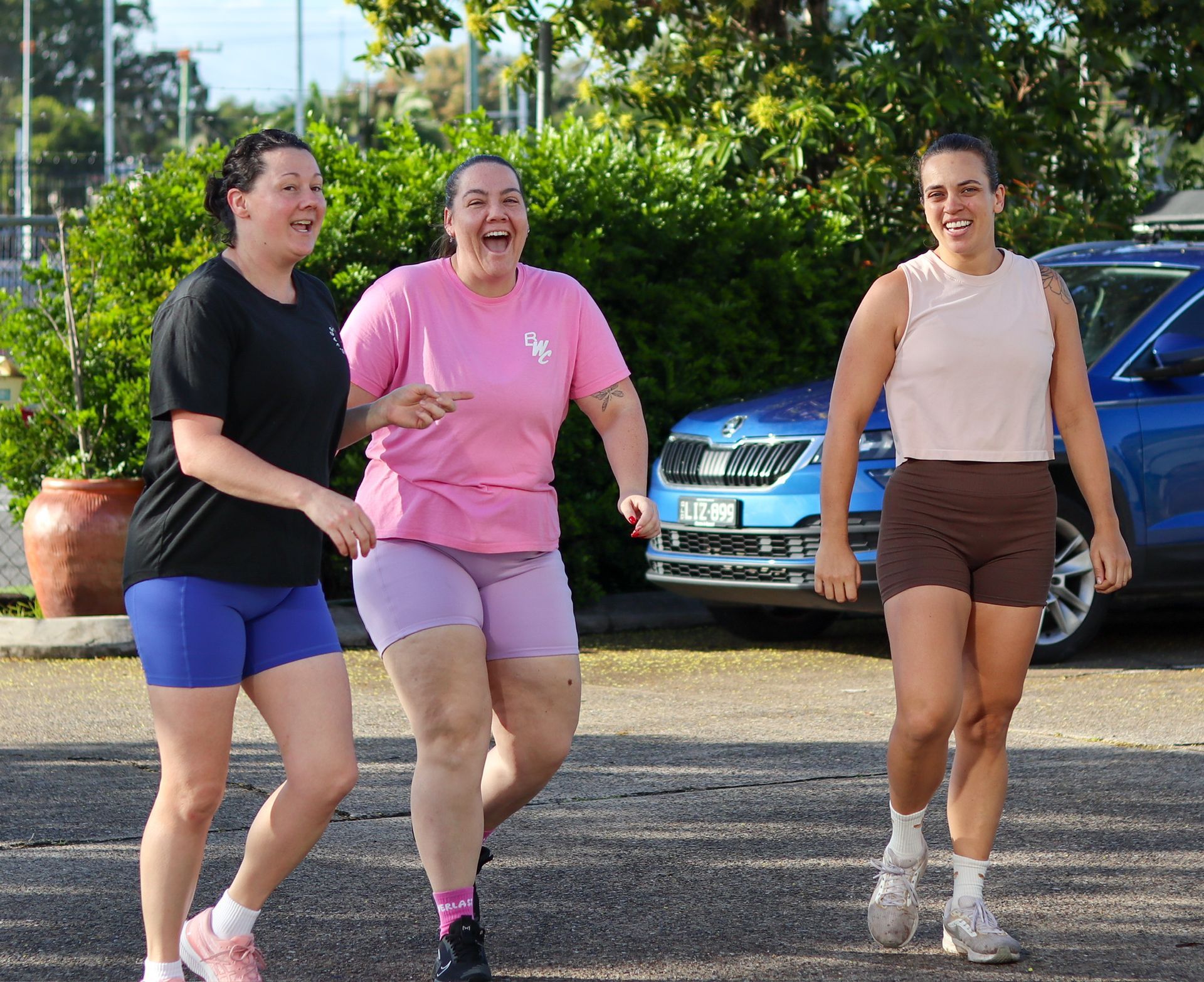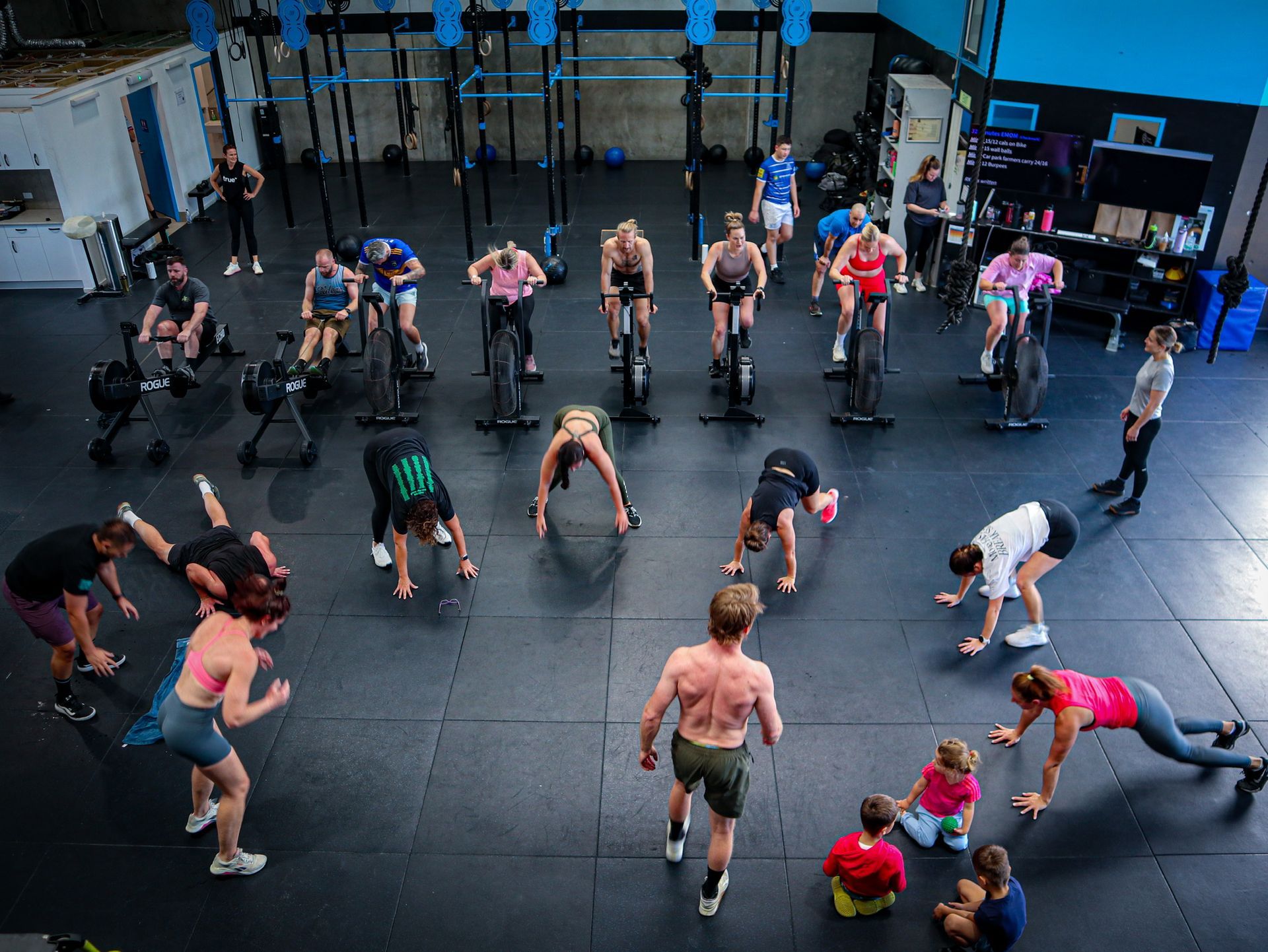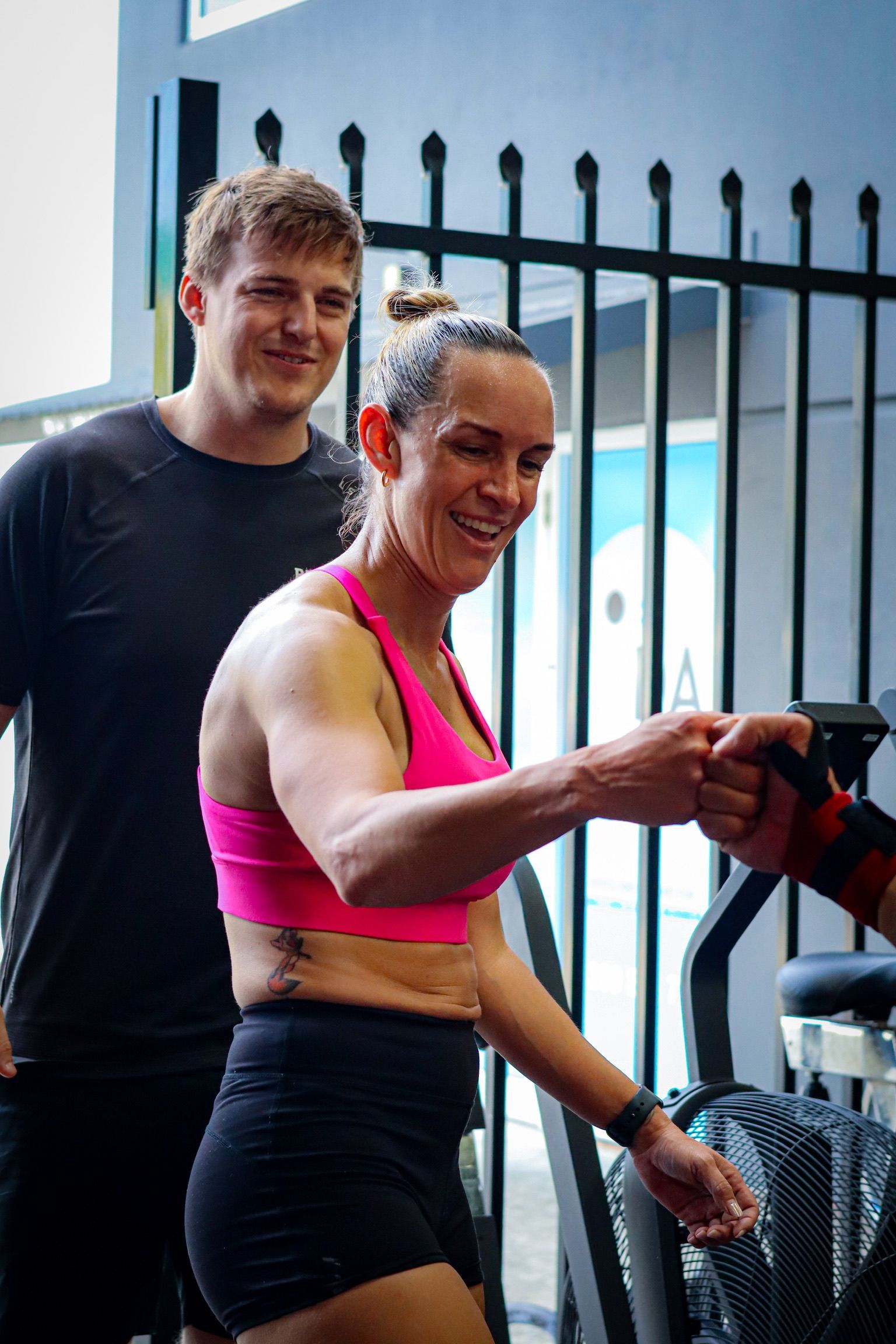Gridiron Champion And 21-Time Australian MVP: This Is Kristy Moran’s Story
A 21-time Australian MVP, International Player of the Year (2017), National League MVP, former first-team All-American, and an ex-Chicago Force player—Kristy Moran has carved out a legendary career and is showing no signs of slowing down.
In Episode 49 of the Rebuild Health and Fitness Podcast, Kristy shares her incredible journey through sports, resilience, and the mindset that has propelled her to greatness.
How Kristy Got Into Sports
Growing up as an army brat, Kristy moved around Australia frequently. Being the shy kid, she credits sports for helping her make friends and settle into new schools.
"Sports is a great way to make friends when you’re a kid. It helped me establish myself every time I moved."
- Early sports: Netball and little athletics
- Parental influence: While her mum encouraged ballet, Kristy’s athleticism shone through, leading her to gymnastics as well.
Later, she transitioned from netball to track and field when she moved back to Brisbane, eventually competing in heptathlons (seven events including high jump, hurdles, javelin, and more).
Building a Relentless Work Ethic
Training for heptathlons instilled in Kristy a work ethic beyond her peers.
"I'd train for three events in an evening—arriving an hour early, training during the session, and staying an hour after—all while in high school."
This fierce dedication laid the groundwork for her future success across multiple sports.
Transition to Touch Football and Gridiron
After university, Kristy played touch football for nearly a decade. Then, at 32, she made an unexpected leap into gridiron.
Initially skeptical, a friend’s encouragement led her to attend a game—and she was hooked.
"I didn’t know any of the rules, got whiplash for two weeks, was bruised all over—but I still loved it."
Starting as a wide receiver, she later transitioned to running back, quickly rising through the ranks.
Taking the Leap: Moving to America
Kristy spent five years helping build women's gridiron in Australia:
- Winning a national championship
- Forming state and national teams
During training sessions with U.S. coaches, she was offered the opportunity to play in Chicago.
"It was a big step. I didn’t know if I’d last the training or if I was setting the bar too high. But I gave it my best—and had a great season."
Kristy's courage to take risks led her to become a standout player internationally.
Women in Sports: Breaking Barriers
Despite America’s deep football culture, Kristy observed that women’s football still struggles for recognition—even in the U.S.
"They have better equipment and staffing, but opportunities for women are still limited compared to men."
She passionately highlights how self-limiting beliefs are more common among women, especially in sports.
Fighting Self-Limiting Beliefs
Kristy shares a pivotal moment:
"A coach once asked me, ‘Kristy, what are you afraid of? Why do you train so hard?’ I told him I wasn’t afraid—I trained hard because I wanted to be the best."
Even when confidence wavered—like when she first moved to America—Kristy never let fear hold her back.
"If I had settled for being the best in Queensland, I wouldn’t have made the Australian team. If I had settled there, I wouldn’t have gone to America."
She now uses her experiences to push other women not to limit themselves—and to dream bigger.
Final Words: The Only Limit Is Yourself
Kristy's story beautifully echoes the words of Jackie Joyner-Kersee:
"The only person who can stop you from reaching your goals is you."
Through resilience, passion, and an unwavering belief in her potential,
Kristy Moran has shown what’s possible—and continues to
inspire others to push beyond their perceived limits.
Previous Blogs




